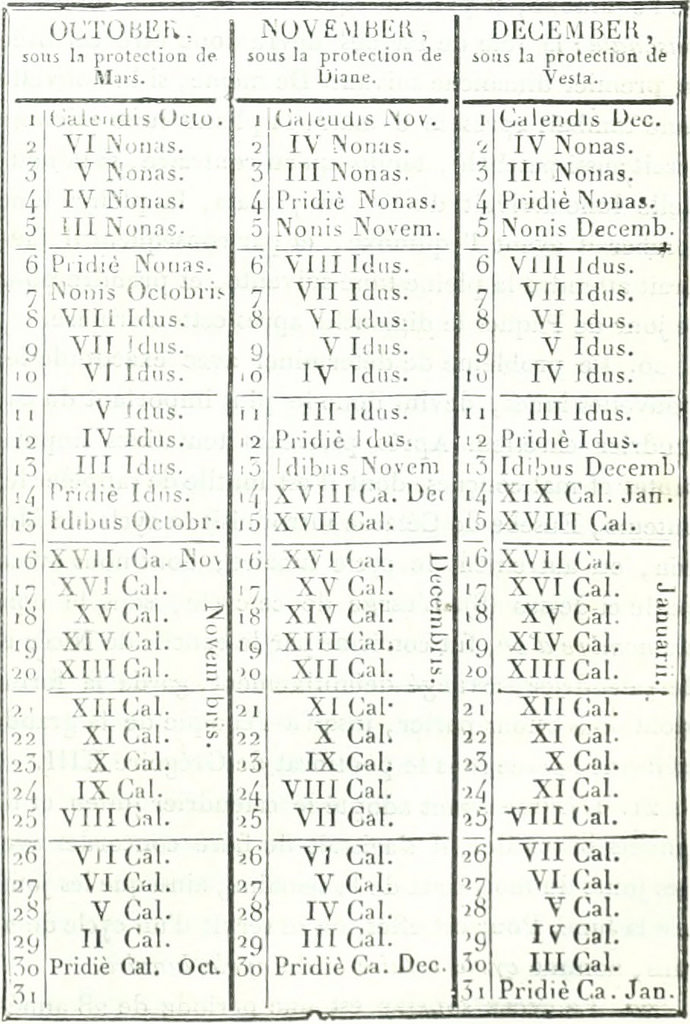Hi everyone, how are you? First of all, I wanted to wish you a very happy new year 2019, full of success and good things. In this article, I will, as I announced in last week’s article, introduce you to the 5 most important Roman historians. Remember, it is thanks to these people that we have direct evidence of ancient Rome. They are therefore of capital importance in the knowledge we currently have about the Romans. So, I will introduce you to each of them and tell you about their life and their main works. Now let’s get to the heart of the matter and, above all, good reading.
First Roman historian: Suetonius
Suetonius is a Roman historian born around the year 70 AD in the Roman capital: Rome. He died after 122 AD in Italy, without knowing exactly where or when. Suetonius is certainly the best known Roman historian. However, and paradoxically, we have little information left on his life and unfolding.
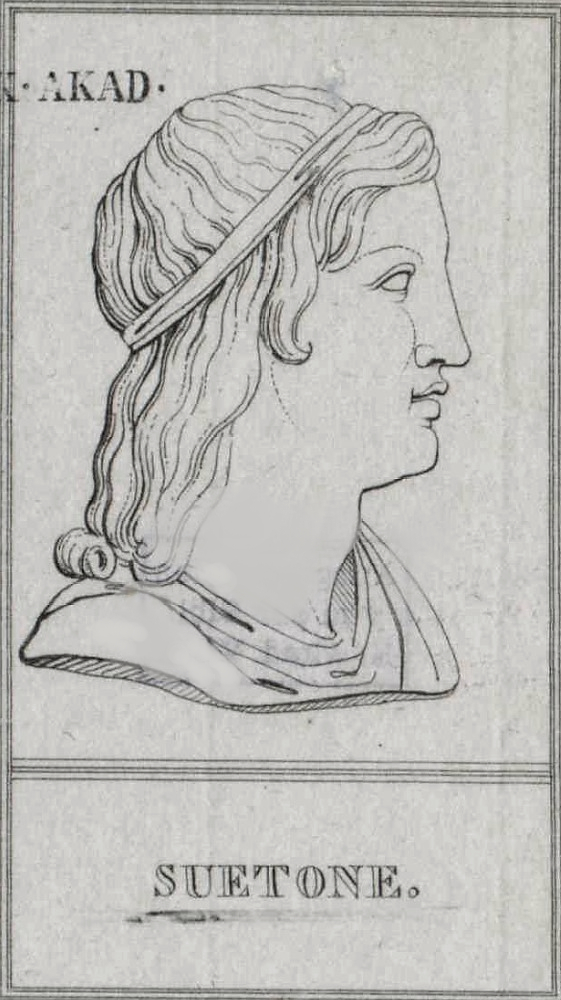
History:
Anyway, Suetonius, real name Gaius Suetonius Tranquillus, was an archivist during the reign of Trajan (98-117 AD). Subsequently, during the reign of Hadrian (117-138 AD) he became responsible for the personal correspondence of the emperor (secretary ab epistulis latnis). But, apparently caught up in unclear cases at court, he was fired by Hadrian when he was 52, so in 122 AD. During these few years in the service of the emperor, he was notably a studiis and a bibliecis (respectively, responsible for archives and documentation and responsible for libraries). Following his dismissal, little is known about his existence and how long he lived. Hence the lack of details on the date of his death. One can only assume that when he was no longer working, he turned to his various literary works.
Important work:
Besides the fact that Suetonius had a very important place in Roman administration, he was also a great writer and historian (which is why he is in this classification by the way). As a result, during his life, he wrote various works, the most important of which is The Life of the Twelve Caesars. He wrote it from 119 to 122 AD. He tells in this work, as its title indicates, the life of 11 emperors (Augustus, Tiberius, Caligula, Claudius, Nero, Galba, Otho, Vitellius, Vespasian, Titus and Domitian) and of a dictator (Julius Caesar) . Thus, he details the lives of these characters on sources of the time and above all authentic. Also, don’t forget that he was a studiis and a bibliecis. He therefore had access to all the official knowledge of the time.
Although I have not read it, I recommend this book to you because besides the fact that the facts told in it are perhaps exaggerated, particularly following a possible position taken by the author, I think that it is is a book with very strong historical significance. Also, if you are interested in reading it, it is available online here
→ http://bcs.fltr.ucl.ac.be/SUET/accueil.html
Second Roman historian: Tacitus
Tacitus is a Roman historian born around the year 55 AD in an unknown location. He died around the year 120 AD. As with his birth, we do not know the place of his death.
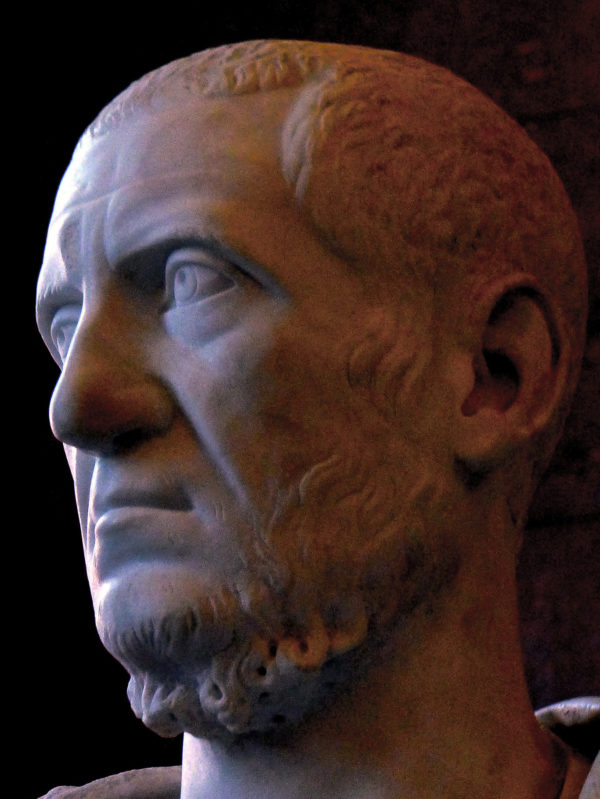
History:
Like Suetonius, very little is known about his life. Tacitus, whose birth name was Publius Cornelius Tacitus came from a wealthy family and received a good education which helped him to become a lawyer. In parallel with his legal life, he led a political life and had various titles as he rose to power. It is estimated in particular that he had under Vespasian (69-79 AD) the title of “Military Tribun”, under Titus (79-81 AD) the title of “Quaestor” and “Tribun de la Plèbe” and “Praetor »Under Domitian (81-96 AD). Thereafter he left Rome for a few years and did not return there until AD 93. This being due to the death of Julia Agricola, his wife. On his return, Domitian had many characters tried and Tacitus, being a lawyer, was obliged to participate. Once Nerva (96-98 AD) in power, he becomes “consul suffect”. It was in AD 100 that Tacitus turned once again to his role of lawyer by becoming “lawyer of the province of Asia”. He later became, from 112 to 114 AD “governor of the province of Asia”. From that date, there is no more testimony about his life. Therefore, we do not know the rest of its existence. We can only assume that he died a few years later, around 120 AD.
Main works:
During his life, Tacitus made a lot of literature in parallel with his various functions. We can notably quote De vita lulii Agricolae (The life of Agricola) published in 98 AD. As its title suggests, this work is about the life of Agricola. The latter was Julia Agricola’s father and therefore Tacitus’ stepfather. Through this, Tacitus therefore pays homage to Agricola but goes further by criticizing the political context of the time. Among the other works of Tacitus, we can also quote De situ ac populis Germaniae (La Germanie). Through this work, Tacitus describes to us the functioning and the daily life of the German peoples. This therefore gives us a real testimony to the Germanic part of the Empire.
Also, if these two books interest you, they are available just below. Click on the links to find out more.
→ http://bcs.fltr.ucl.ac.be/TacAgr/Agrtrad.html#I
→ http://bcs.fltr.ucl.ac.be/GERM/g_preface.htm
Third Roman historian: Tite-Live
Tite-Live, known as the “Padua” is a Roman historian born around the year 60 BC in the city of Padua (Patavium). He probably died in the same city in 17 AD.
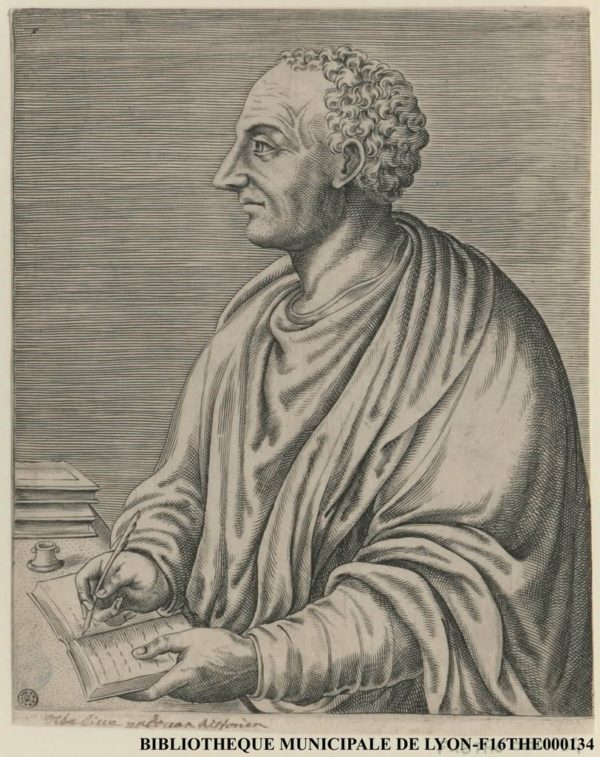
History:
As for the previous characters, few testimonies remain to us of the past life of Tite-Live. Just like Tacitus will be, Tite-Live comes from a wealthy family and will be studying rhetoric (involves studying the science and art of discourse on spirits) and philosophy. Following this, he will settle in Rome. Subsequently, few details are given about his life. However, we know that he spent most of his life writing. Also, we know that he was close to the first Roman emperor: Augustus (-27, +14). After spending many, many years in the Roman capital, he returned to his hometown and spent a few years there before dying there.
Main work:
Tite-Live is a well-known writer, notably for a work: Ab urbe condita libri (Roman history). He began his writing in 27 BC and finished in 9 BC. In this monumental work, composed of 142 volumes, he tells the story of Rome, from its origins until the death of Drusus in 9 BC. This is why we can assume that writing ceased on this date. This book is very important because it brings us a lot of knowledge about Rome. Also, as the facts are told by someone alive at the time, it gives the impression of reality. At the time, the publication of this work allowed Tite-Live to become famous almost immediately and to gain notoriety extending beyond borders.
Today, we only have 35 books out of 142. However, the remaining books are freely available on the internet. Here is a link to take you there
→ http://bcs.fltr.ucl.ac.be/LIV/Intro.html
Fourth Roman Historian: Eutrope
Eutrope is a Roman historian from the 4th century AD. He was born according to some sources, in the current region of the city of Bordeaux, at an unknown date. He probably died at the end of the 4th century AD in an unknown location.
History:
Like most Roman historians, little is known about Etrope. As a result, we do not know his childhood or the various studies he conducted. During the reign of Julien (361-363 AD), he met the latter and became a supporter of the emperor. In the same period, under Constance II (337-361 after J-C), he became magister epistularum. Later, from 367 to 369, he became praeses Ciliciae and under the reign of Valens (364-378 AD), he became magister memoriae. Then, in 371 AD, he became proconsul of Asia, but following a trial from which he was acquitted, he moved to Rome and became comes rerum privatarum for Gratien (367-383 AD). It was a few years later, from AD 379-381, that he became Prefect of Illyria. Finally in 387 AD, he will participate in the Consulate with Valentinian II (375-392 AD).
Main work:
Eutrope’s main work is Breviarium historiae romanae (The Compendium of Roman History). He wrote this work after AD 370. But here too, we don’t have a specific date. This work tells the story of Rome: from its founding until the reign of Jovien in AD 364. It consists of 10 books, each dealing with a particular era. The advantage of this work is that it is an “abstract”. It is therefore shorter than Livy’s work on the same subject. Here too, The Compendium of Roman History is available on the internet. If this book interests you, you can find it here
→ http://remacle.org/bloodwolf/historiens/eutrope/table.htm
Fifth Roman historian: Salluste
Sallust, whose birth name is Gaius Sallustius Crispus is a Roman historian from the first century BC. He was born in Amiternum in 86 BC and died in -34 BC.
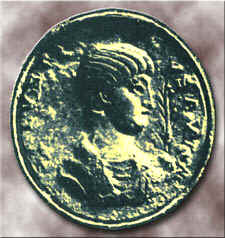
History:
Again, little is known about Salluste’s life. Indeed, a biography was written about him but it was unfortunately lost. Salluste was probably born into a wealthy family. As for her childhood, we don’t know her. It was therefore in 55 BC, or at the age of 31, that he became “quaestor”. Then three years later, in 52 BC, he became “tribune of the plebs”. A great friend of Julius Caesar, he takes his side in each conflict. Subsequently, he embarked on a military career but with poor results in it. Indeed, it carries out actions which successively fail. He returned to what he did best and was elected “praetor” in 47 BC. In the same period, he follows Julius Caesar in Africa and receives control of the province of Numidia from -46 to -45. It follows the murder of Julius Caesar and therefore the termination of Salluste’s military career. He certainly spent the rest of his life in Rome and died in 34 BC.
Main works:
During his life, Salluste wrote two main works: The Conjuring of Catiline published in 43/42 BC and The War of Jugurtha. These two works speak respectively of Catalina’s plot and the war in North Africa between the Romans and King Jugurtha.
If these two works interest you, they are available in free access here:
→ http://remacle.org/bloodwolf/historiens/salluste/catilina.htm
→ http://remacle.org/bloodwolf/historiens/salluste/jugurtha.htm
There you go, this article is now complete. Hope you liked it and discovered new things. Also, feel free to tell me in the comments space what topic you would like me to cover in a future article. Regarding this one, it will focus on “4 barbarian Roman coins”. See you next week !
(Of course, all the contents resulting from the presented links belong to the sites which propose them).
Receive my free book Around the Roman Coin by clicking here



